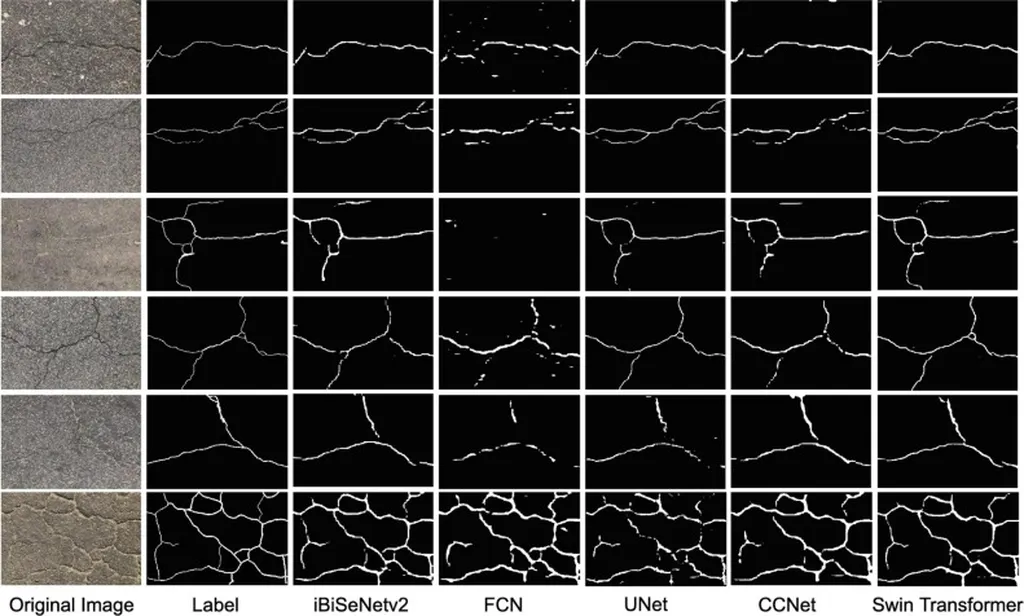In the realm of infrastructure maintenance, road crack detection is a critical yet challenging task. The limited availability of annotated datasets and the variability of crack patterns in real-world conditions have long hindered the development of robust detection models. However, a recent study published in *Case Studies in Construction Materials* (translated as *Case Studies in Construction Materials*) offers a promising solution to these challenges. Led by Shufang Li from the College of Civil Engineering at Chongqing Vocational Institute of Engineering, the research introduces innovative image generation schemes that could revolutionize pavement condition monitoring.
The study addresses the persistent issue of generating convincing pavement crack imagery. Traditional synthesis techniques often struggle with unstable convergence and the preservation of fine structural textures. To overcome these hurdles, Li and her team proposed two adaptive image generation schemes. The first approach focuses on gradual spatial enhancement, while the second employs a dual-channel generation process that independently models pavement textures and crack structures before fusing them.
“The dual-channel design produces more coherent and realistic crack representations,” Li explained. “This improvement in visual fidelity directly enhances the accuracy of downstream detection models.”
The methods were trained and validated on a standard crack image dataset, with their outputs evaluated using perceptual and statistical indicators such as FID, KID, LPIPS, and SSIM. The results were compelling: the dual-channel design not only improved visual fidelity but also boosted detection accuracy compared to reference models.
The implications of this research are significant, particularly for the energy sector. Accurate and efficient road crack detection is crucial for maintaining the infrastructure that supports energy distribution networks. By augmenting limited road defect datasets, this study facilitates the development of stronger deep learning models, even in data-scarce environments. This could lead to more proactive and cost-effective maintenance strategies, reducing downtime and improving safety.
“The potential for this technology to enhance infrastructure monitoring is immense,” Li noted. “It offers a scalable solution that can be adapted to various environments, making it a valuable tool for industries reliant on robust transportation networks.”
As the energy sector continues to evolve, the need for advanced monitoring and maintenance technologies becomes increasingly apparent. This research by Li and her team represents a significant step forward, offering a glimpse into a future where data-driven models play a pivotal role in ensuring the integrity and safety of our infrastructure.

